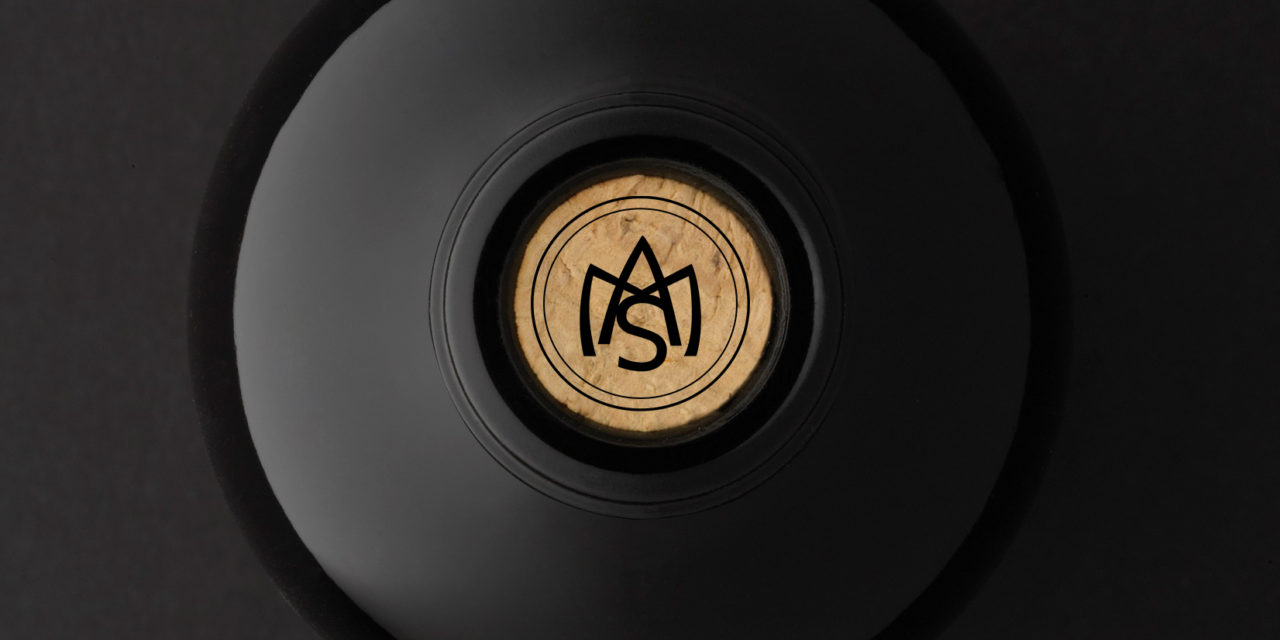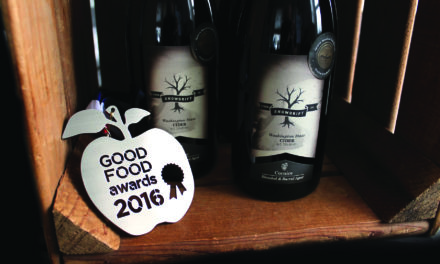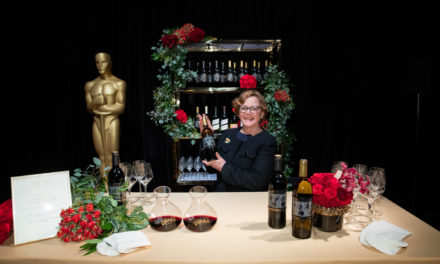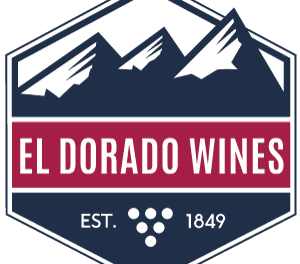Yes, great wine starts in the vineyard. The same goes for great corks—which start in the forest. Since its inception in 2000, M.A. Silva has gone to great lengths to ensure the highest quality of its corks. “Our incidence of TCA or other negative factors is well below 1 percent,” says Michael Bartlett, general manager. “It’s very unusual to see problems, as we have a full quality control and research department in Portugal to continually test corks for improvement.” He also notes the entire industry is moving forward regarding quality and reliability.
“People are amazed by how sustainable this business is,” he adds. “Every piece of bark is used. If the cork doesn’t qualify for use with wine, it’s repurposed for cork boards, shoes, and s
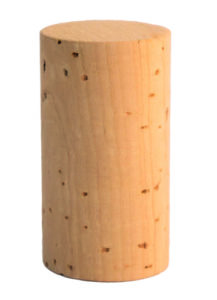
2020 Best Corks: M.A. Silva USA
o forth. The average cork forest takes a lot of CO2 out of the air. Cork is a reusable resource, because it’s tree bark that’s harvested every eight years, then the tree regenerates.”
He adds, “Want to be carbon neutral in the wine business? Have a cork in your bottle.”
M.A. Silva’s many proprietary processes include selecting quality bark, which is sorted and aged individually at its Portugal location. Its Dynavox system steams the bark for purification prior to punching out corks, which are finished with SARA Advanced, a system that purifies and improves quality and integrity. The company’s main offices in North America are located in Santa Rosa, Calif.

